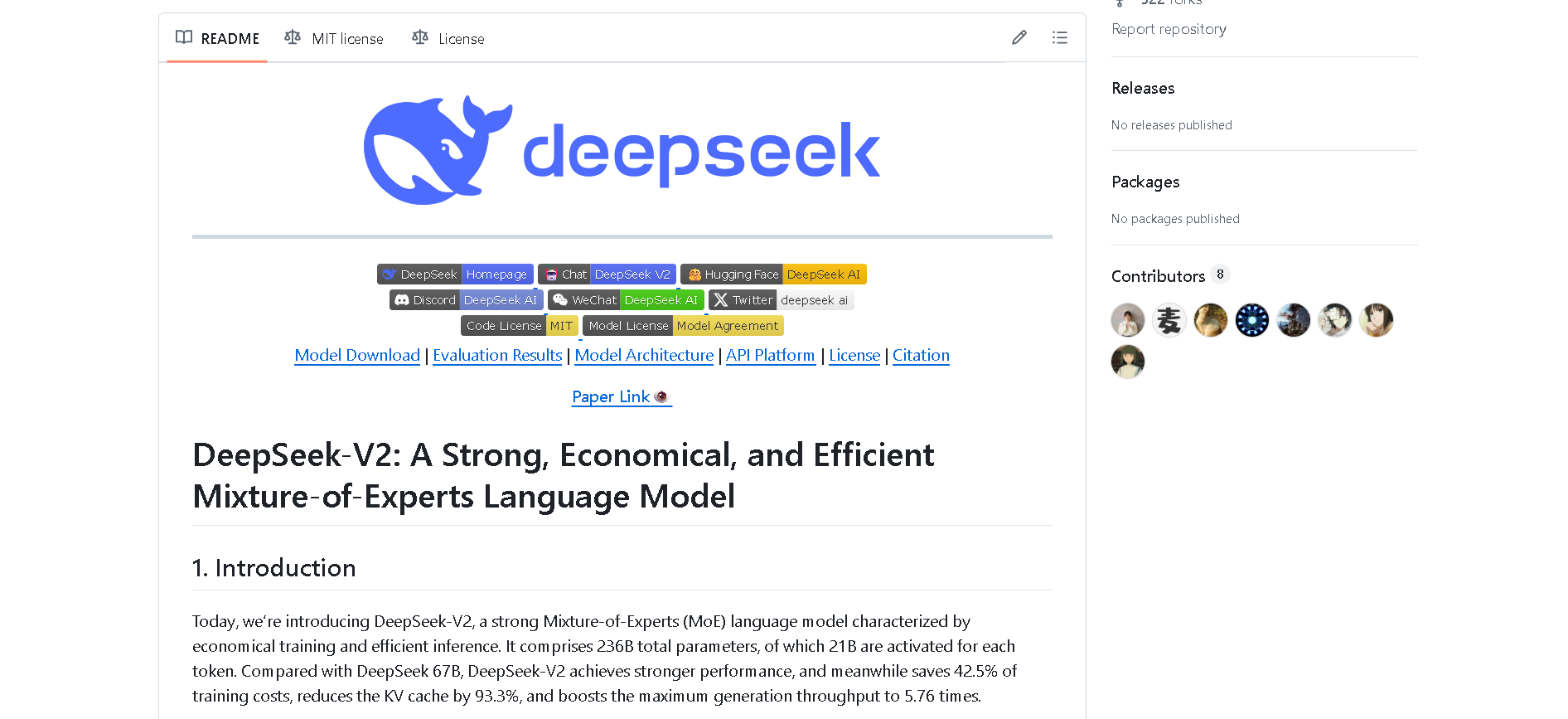
- Developers & Engineers: Build efficient chatbots, reasoning pipelines, and coding assistants with a high context window.
- Researchers & AI Practitioners: Run advanced benchmarks across reasoning, math, code, and multilingual tasks.
- Enterprises & API Users: Deploy via Hugging Face, DeepSeek API, or Bedrock Chat for production-grade integration.
- Data & Analytics Teams: Utilize long-context summarization, Q&A, retrieval, and knowledge extraction.
- Open-Source Community: Self-host or fine-tune via MIT-licensed weights; use dedicated vLLM support for local deployment.
How to Use DeepSeek V2?
- Get the Model: Download base/chat versions (128K context) from Hugging Face or use hosted API endpoints.
- Install Runtime: Use Optimized vLLM inference setup or Transformers integration for efficient use.
- Send Prompts: Provide up to 128K-token inputs in text, code, or reasoning prompts.
- Use Chat Variant: For conversational outputs; includes RL fine-tuning for improved alignment.
- Monitor & Deploy: Tune temperature, use function calling, and scale with enterprise reliability.
- Very Large Context: Supports 128K-token windows via YaRN architecture.
- Efficient MoE Design: 236B total with only 21B active per token—42% lower training cost and 5.76× faster throughput.
- Benchmark Powerhouse: Delivers competitive scores:
78 MMLU,84 Chinese MMLU,79 Math,49 HumanEval on code. - Open-Source with RL & SFT: Offers SFT and RL-tuned chat models with strong alignment and rationale.
- High Throughput Inference: MLA halves KV cache, enabling high-speed, low-memory use in long contexts.
- Massive 128 K context window for long-document handling
- Efficient compute: powerful MoE with smaller active footprint
- Strong benchmark results across language, math, code, and Chinese
- Open-weight model with MIT license and inference optimizations
- Chat/ RL versions for conversational use, hosted and local options
- Requires high VRAM and optimized runtimes for efficiency
- Chat variant slightly trails closed-source best (e.g., GPT‑4)
- Open-source inference performance may lag proprietary systems without tuning
Custom
Custom
Proud of the love you're getting? Show off your AI Toolbook reviews—then invite more fans to share the love and build your credibility.
Add an AI Toolbook badge to your site—an easy way to drive followers, showcase updates, and collect reviews. It's like a mini 24/7 billboard for your AI.
Reviews
Rating Distribution
Average score
Popular Mention
FAQs
Similar AI Tools
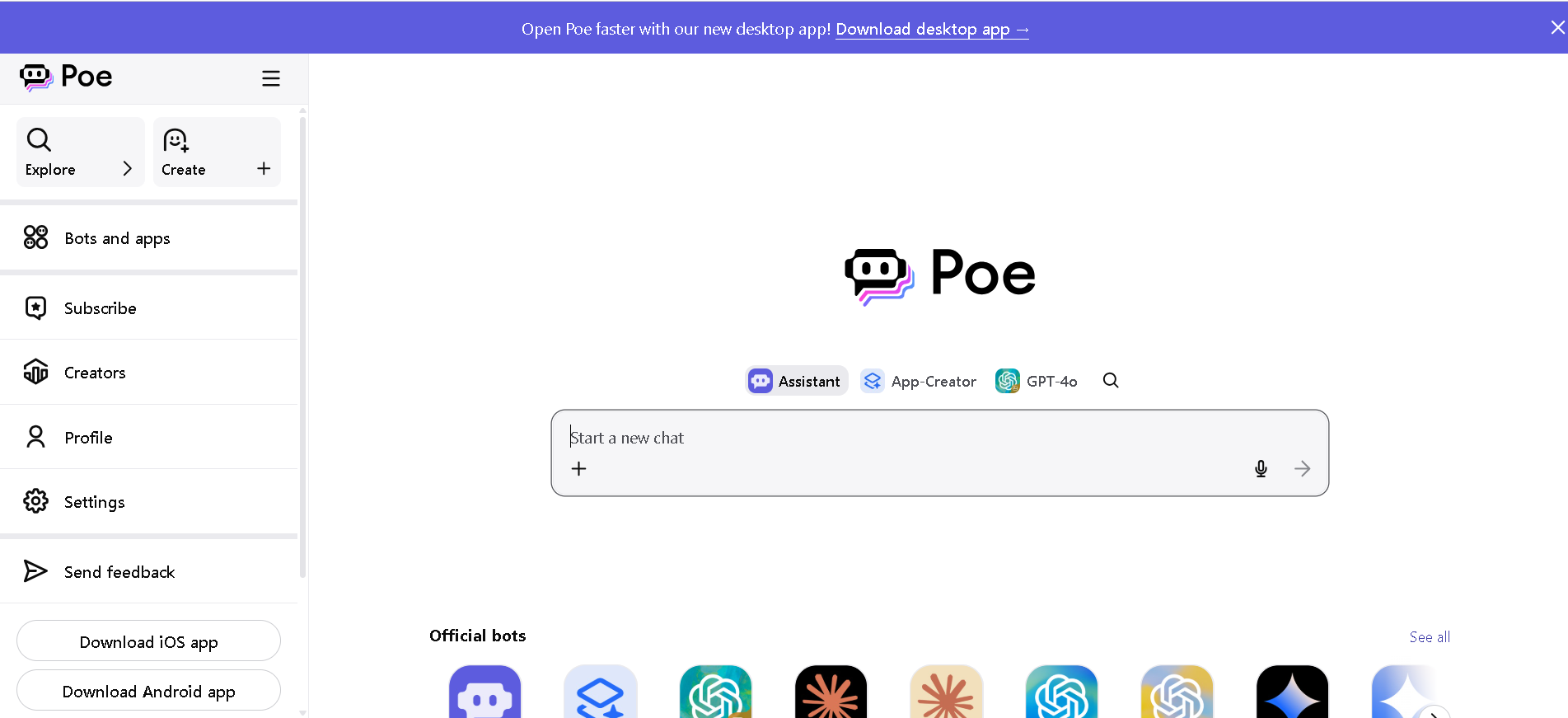
Poe AI
Poe.com is a comprehensive AI chatbot aggregation platform developed by Quora, providing users with unified access to a wide range of conversational AI models from various leading providers, including OpenAI, Anthropic, Google, and Meta. It simplifies the process of discovering and interacting with different AI chatbots and also empowers users to create and monetize their own custom AI bots.

Poe AI
Poe.com is a comprehensive AI chatbot aggregation platform developed by Quora, providing users with unified access to a wide range of conversational AI models from various leading providers, including OpenAI, Anthropic, Google, and Meta. It simplifies the process of discovering and interacting with different AI chatbots and also empowers users to create and monetize their own custom AI bots.

Poe AI
Poe.com is a comprehensive AI chatbot aggregation platform developed by Quora, providing users with unified access to a wide range of conversational AI models from various leading providers, including OpenAI, Anthropic, Google, and Meta. It simplifies the process of discovering and interacting with different AI chatbots and also empowers users to create and monetize their own custom AI bots.
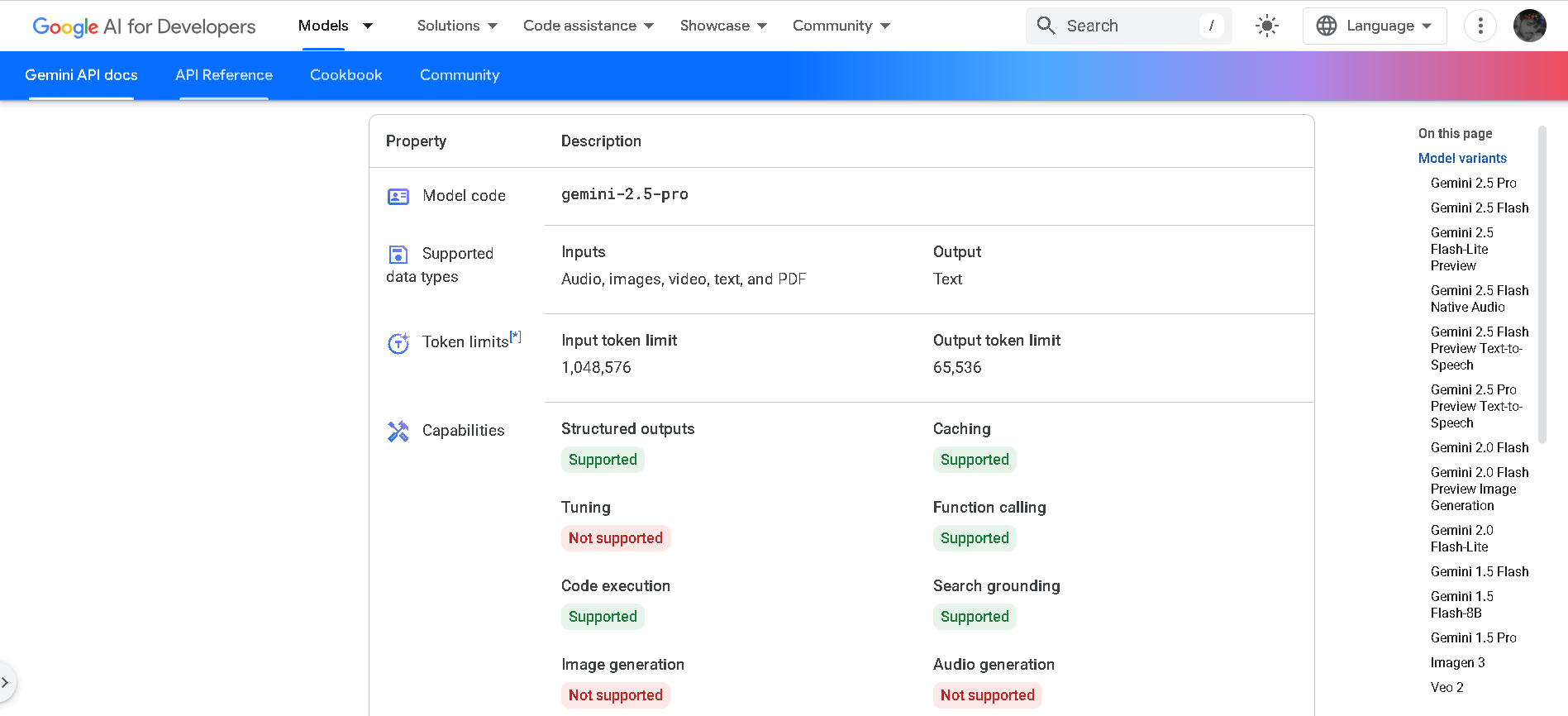

Gemini 2.5 Pro
Gemini 2.5 Pro is Google DeepMind’s advanced hybrid-reasoning AI model, designed to think deeply before responding. With support for multimodal inputs—text, images, audio, video, and code—it offers lightning-fast inference performance, up to 2 million tokens of context, and top-tier results in math, science, and coding benchmarks.


Gemini 2.5 Pro
Gemini 2.5 Pro is Google DeepMind’s advanced hybrid-reasoning AI model, designed to think deeply before responding. With support for multimodal inputs—text, images, audio, video, and code—it offers lightning-fast inference performance, up to 2 million tokens of context, and top-tier results in math, science, and coding benchmarks.


Gemini 2.5 Pro
Gemini 2.5 Pro is Google DeepMind’s advanced hybrid-reasoning AI model, designed to think deeply before responding. With support for multimodal inputs—text, images, audio, video, and code—it offers lightning-fast inference performance, up to 2 million tokens of context, and top-tier results in math, science, and coding benchmarks.
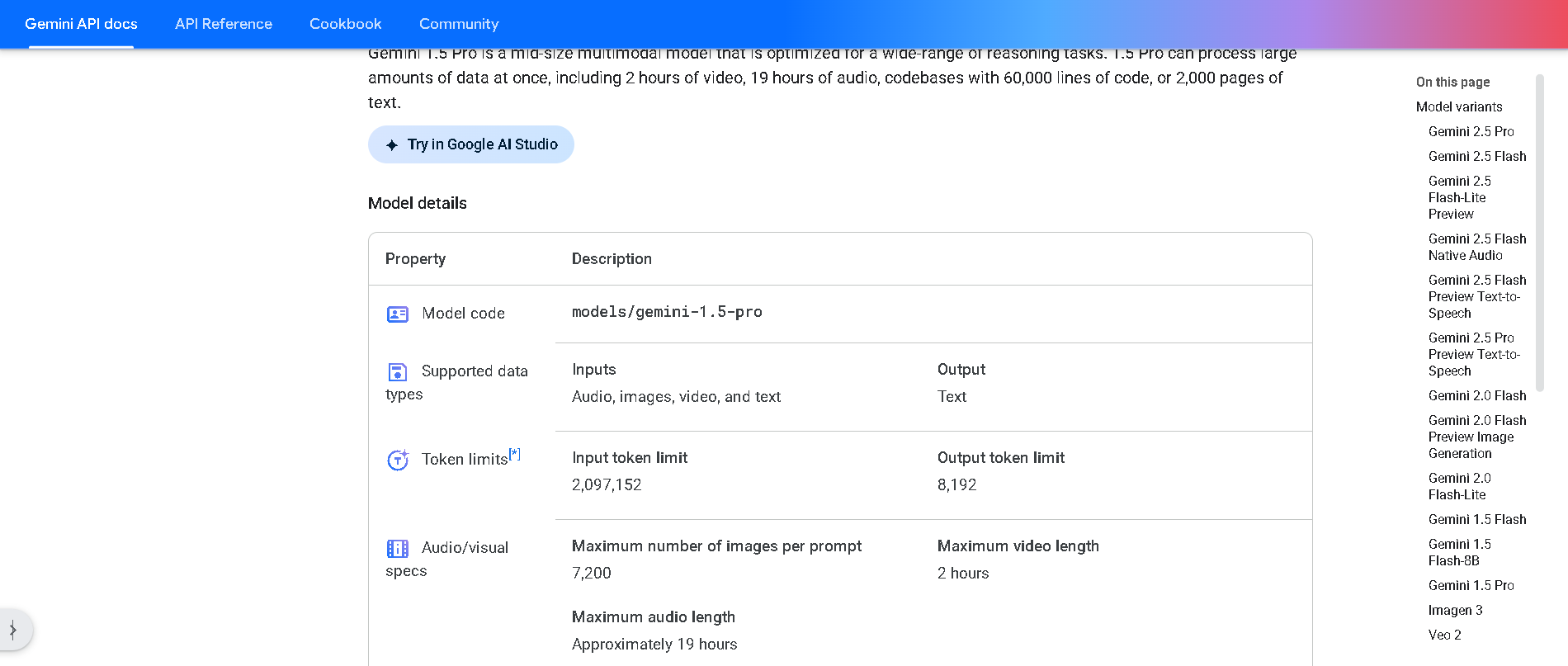

Gemini 1.5 Pro
Gemini 1.5 Pro is Google DeepMind’s mid-size multimodal model, using a mixture-of-experts (MoE) architecture to deliver high performance with lower compute. It supports text, images, audio, video, and code, and features an experimental context window up to 1 million tokens—the longest among widely available models. It excels in long-document reasoning, multimodal understanding, and in-context learning.


Gemini 1.5 Pro
Gemini 1.5 Pro is Google DeepMind’s mid-size multimodal model, using a mixture-of-experts (MoE) architecture to deliver high performance with lower compute. It supports text, images, audio, video, and code, and features an experimental context window up to 1 million tokens—the longest among widely available models. It excels in long-document reasoning, multimodal understanding, and in-context learning.


Gemini 1.5 Pro
Gemini 1.5 Pro is Google DeepMind’s mid-size multimodal model, using a mixture-of-experts (MoE) architecture to deliver high performance with lower compute. It supports text, images, audio, video, and code, and features an experimental context window up to 1 million tokens—the longest among widely available models. It excels in long-document reasoning, multimodal understanding, and in-context learning.
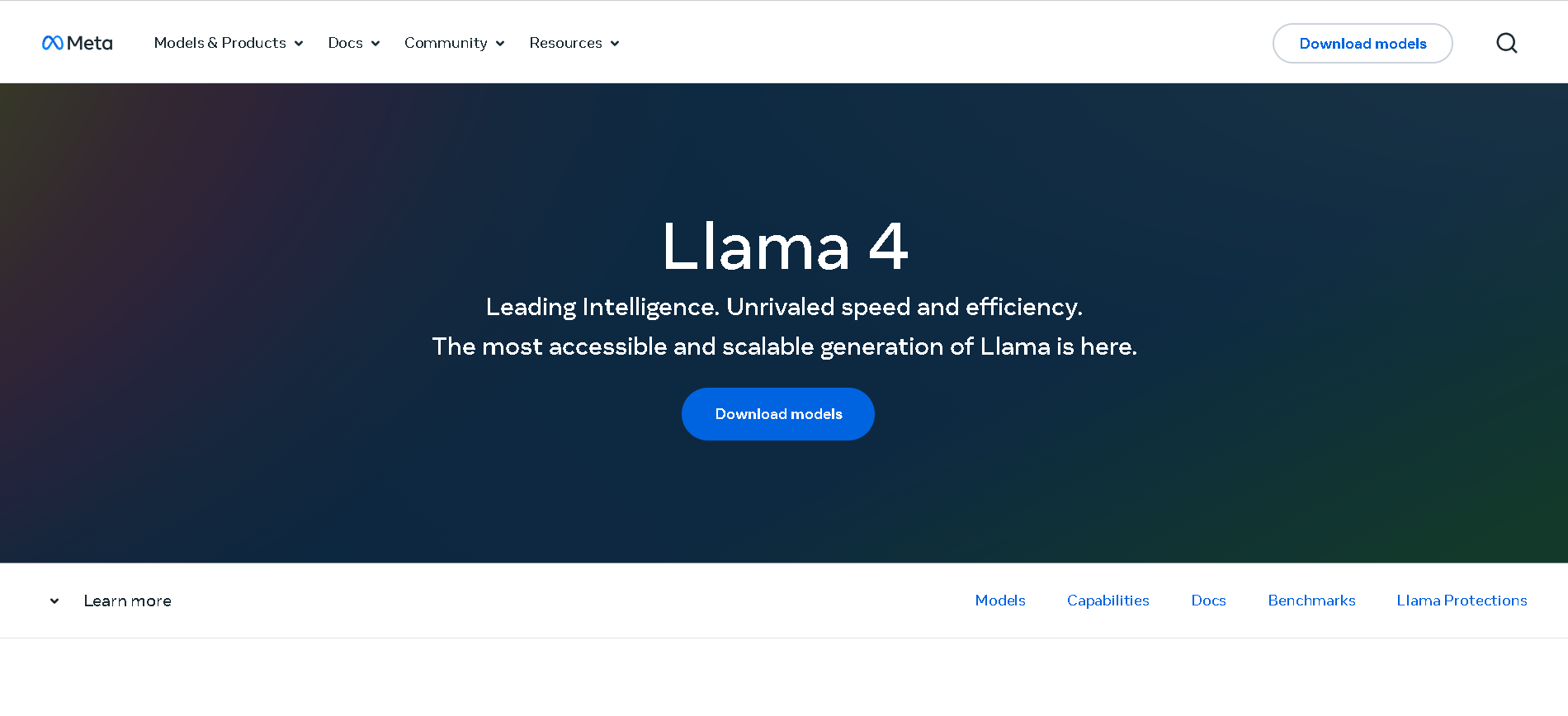
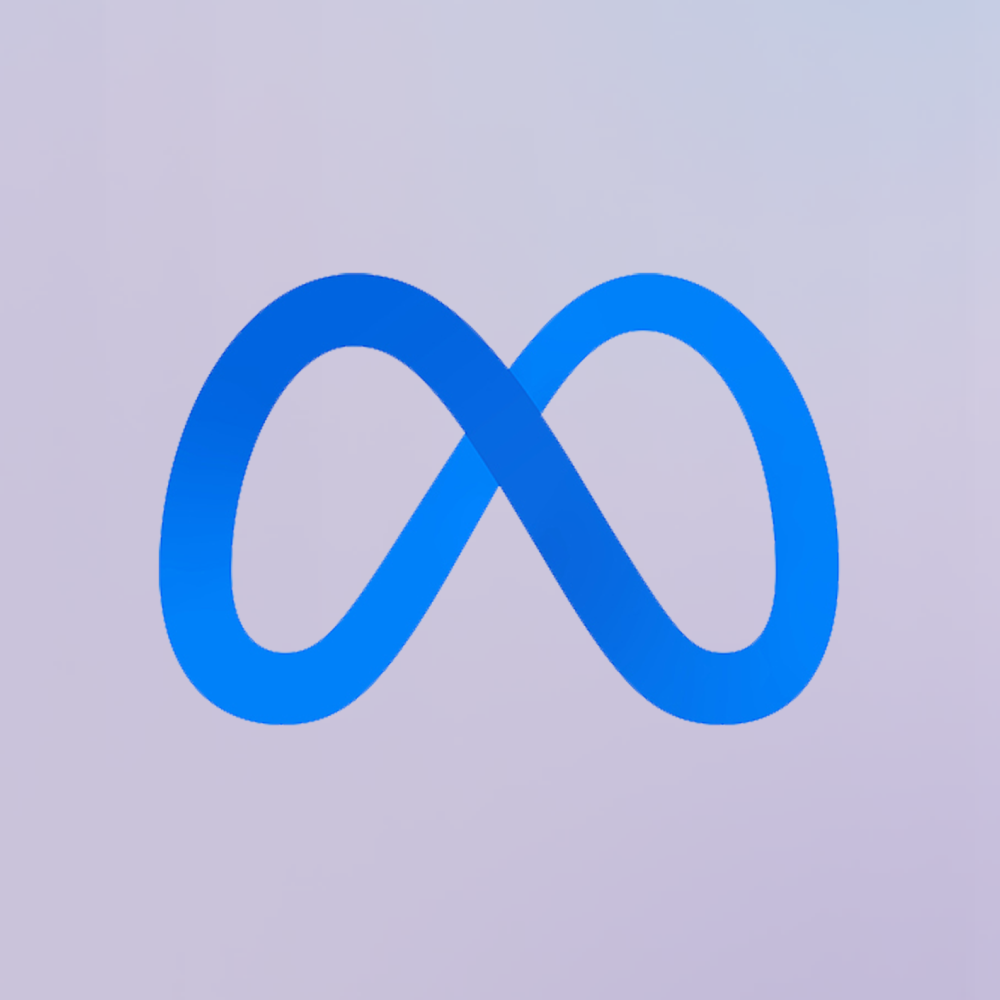
Meta Llama 4
Meta Llama 4 is the latest generation of Meta’s large language model series. It features a mixture-of-experts (MoE) architecture, making it both highly efficient and powerful. Llama 4 is natively multimodal—supporting text and image inputs—and offers three key variants: Scout (17B active parameters, 10 M token context), Maverick (17B active, 1 M token context), and Behemoth (288B active, 2 T total parameters; still in development). Designed for long-context reasoning, multilingual understanding, and open-weight availability (with license restrictions), Llama 4 excels in benchmarks and versatility.


Meta Llama 4
Meta Llama 4 is the latest generation of Meta’s large language model series. It features a mixture-of-experts (MoE) architecture, making it both highly efficient and powerful. Llama 4 is natively multimodal—supporting text and image inputs—and offers three key variants: Scout (17B active parameters, 10 M token context), Maverick (17B active, 1 M token context), and Behemoth (288B active, 2 T total parameters; still in development). Designed for long-context reasoning, multilingual understanding, and open-weight availability (with license restrictions), Llama 4 excels in benchmarks and versatility.


Meta Llama 4
Meta Llama 4 is the latest generation of Meta’s large language model series. It features a mixture-of-experts (MoE) architecture, making it both highly efficient and powerful. Llama 4 is natively multimodal—supporting text and image inputs—and offers three key variants: Scout (17B active parameters, 10 M token context), Maverick (17B active, 1 M token context), and Behemoth (288B active, 2 T total parameters; still in development). Designed for long-context reasoning, multilingual understanding, and open-weight availability (with license restrictions), Llama 4 excels in benchmarks and versatility.
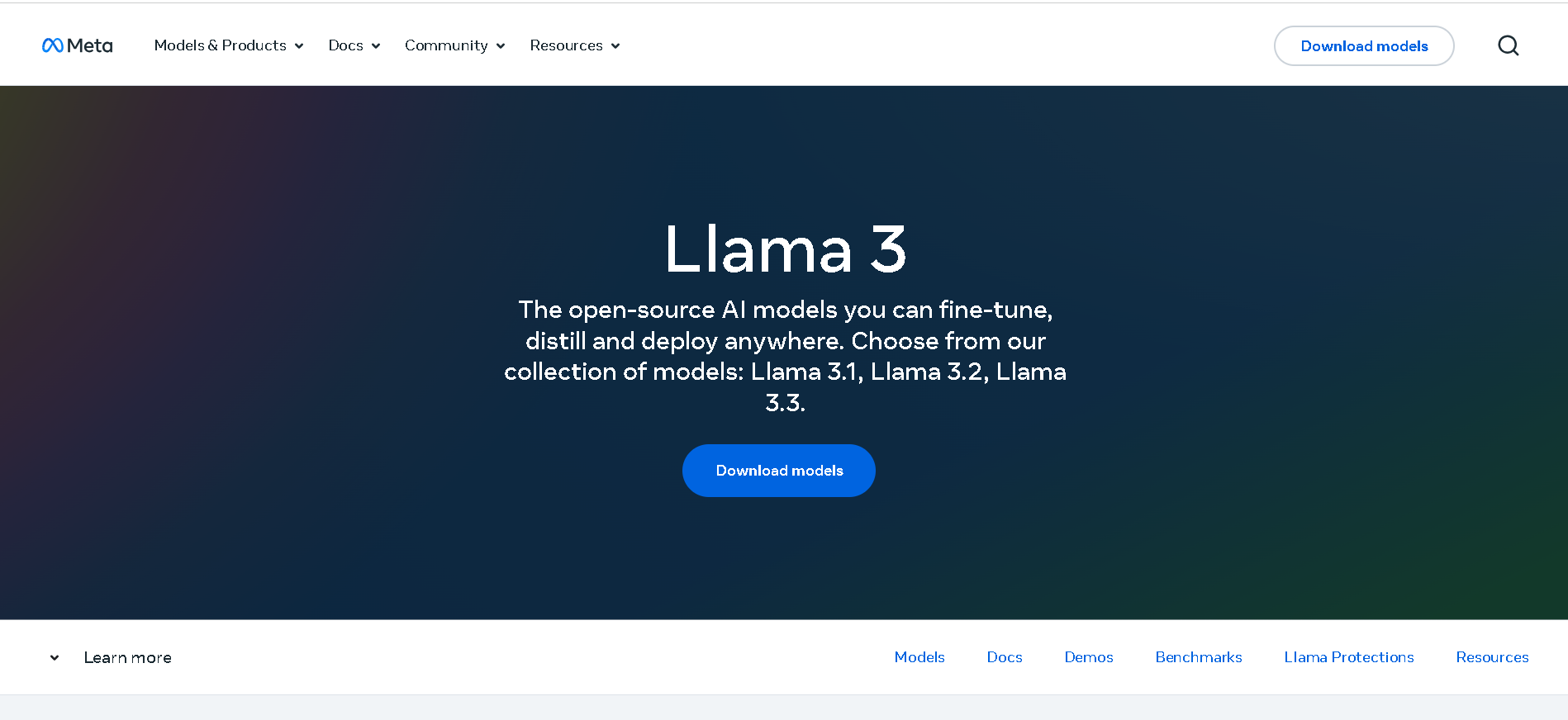
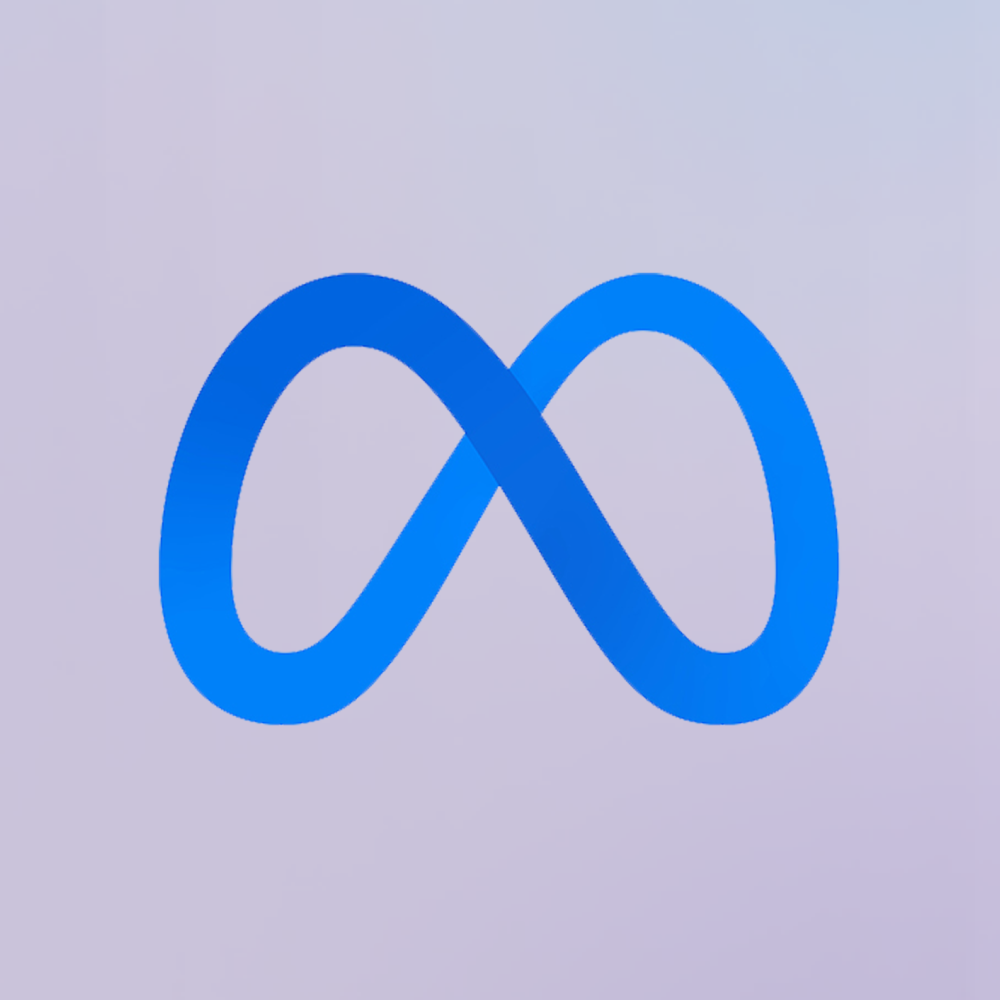
Meta Llama 3
Meta Llama 3 is Meta’s third-generation open-weight large language model family, released in April 2024 and enhanced in July 2024 with the 3.1 update. It spans three sizes—8B, 70B, and 405B parameters—each offering a 128K‑token context window. Llama 3 excels at reasoning, code generation, multilingual text, and instruction-following, and introduces multimodal vision (image understanding) capabilities in its 3.2 series. Robust safety mechanisms like Llama Guard 3, Code Shield, and CyberSec Eval 2 ensure responsible output.


Meta Llama 3
Meta Llama 3 is Meta’s third-generation open-weight large language model family, released in April 2024 and enhanced in July 2024 with the 3.1 update. It spans three sizes—8B, 70B, and 405B parameters—each offering a 128K‑token context window. Llama 3 excels at reasoning, code generation, multilingual text, and instruction-following, and introduces multimodal vision (image understanding) capabilities in its 3.2 series. Robust safety mechanisms like Llama Guard 3, Code Shield, and CyberSec Eval 2 ensure responsible output.


Meta Llama 3
Meta Llama 3 is Meta’s third-generation open-weight large language model family, released in April 2024 and enhanced in July 2024 with the 3.1 update. It spans three sizes—8B, 70B, and 405B parameters—each offering a 128K‑token context window. Llama 3 excels at reasoning, code generation, multilingual text, and instruction-following, and introduces multimodal vision (image understanding) capabilities in its 3.2 series. Robust safety mechanisms like Llama Guard 3, Code Shield, and CyberSec Eval 2 ensure responsible output.
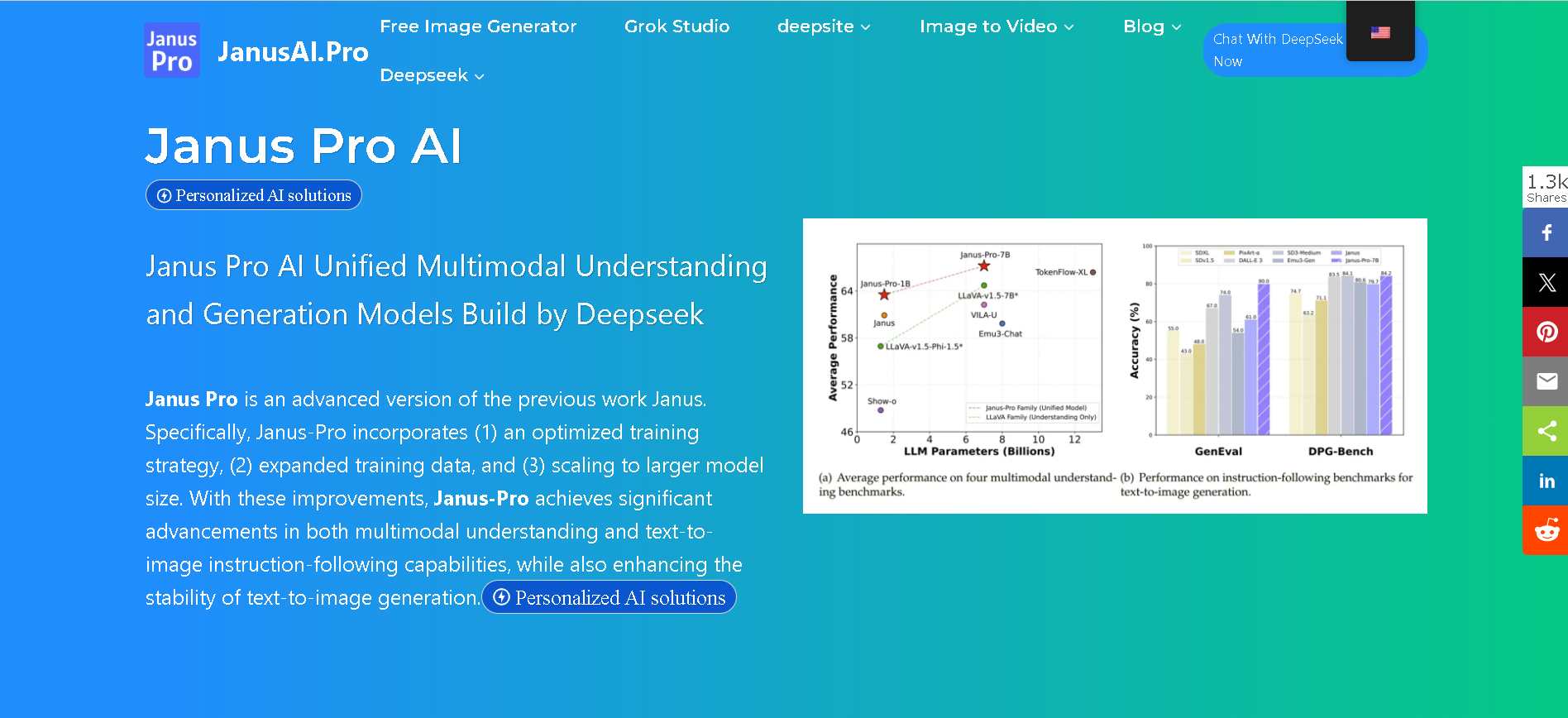

Janus-Pro-7B
anus Pro 7B is DeepSeek’s flagship open-source multimodal AI model, unifying vision understanding and text-to-image generation within a single transformer architecture. Built on DeepSeek‑LLM‑7B, it uses a decoupled visual encoding approach paired with SigLIP‑L and VQ tokenizer, delivering superior visual fidelity, prompt alignment, and stability across tasks—benchmarked ahead of OpenAI’s DALL‑E 3 and Stable Diffusion variants.


Janus-Pro-7B
anus Pro 7B is DeepSeek’s flagship open-source multimodal AI model, unifying vision understanding and text-to-image generation within a single transformer architecture. Built on DeepSeek‑LLM‑7B, it uses a decoupled visual encoding approach paired with SigLIP‑L and VQ tokenizer, delivering superior visual fidelity, prompt alignment, and stability across tasks—benchmarked ahead of OpenAI’s DALL‑E 3 and Stable Diffusion variants.


Janus-Pro-7B
anus Pro 7B is DeepSeek’s flagship open-source multimodal AI model, unifying vision understanding and text-to-image generation within a single transformer architecture. Built on DeepSeek‑LLM‑7B, it uses a decoupled visual encoding approach paired with SigLIP‑L and VQ tokenizer, delivering superior visual fidelity, prompt alignment, and stability across tasks—benchmarked ahead of OpenAI’s DALL‑E 3 and Stable Diffusion variants.
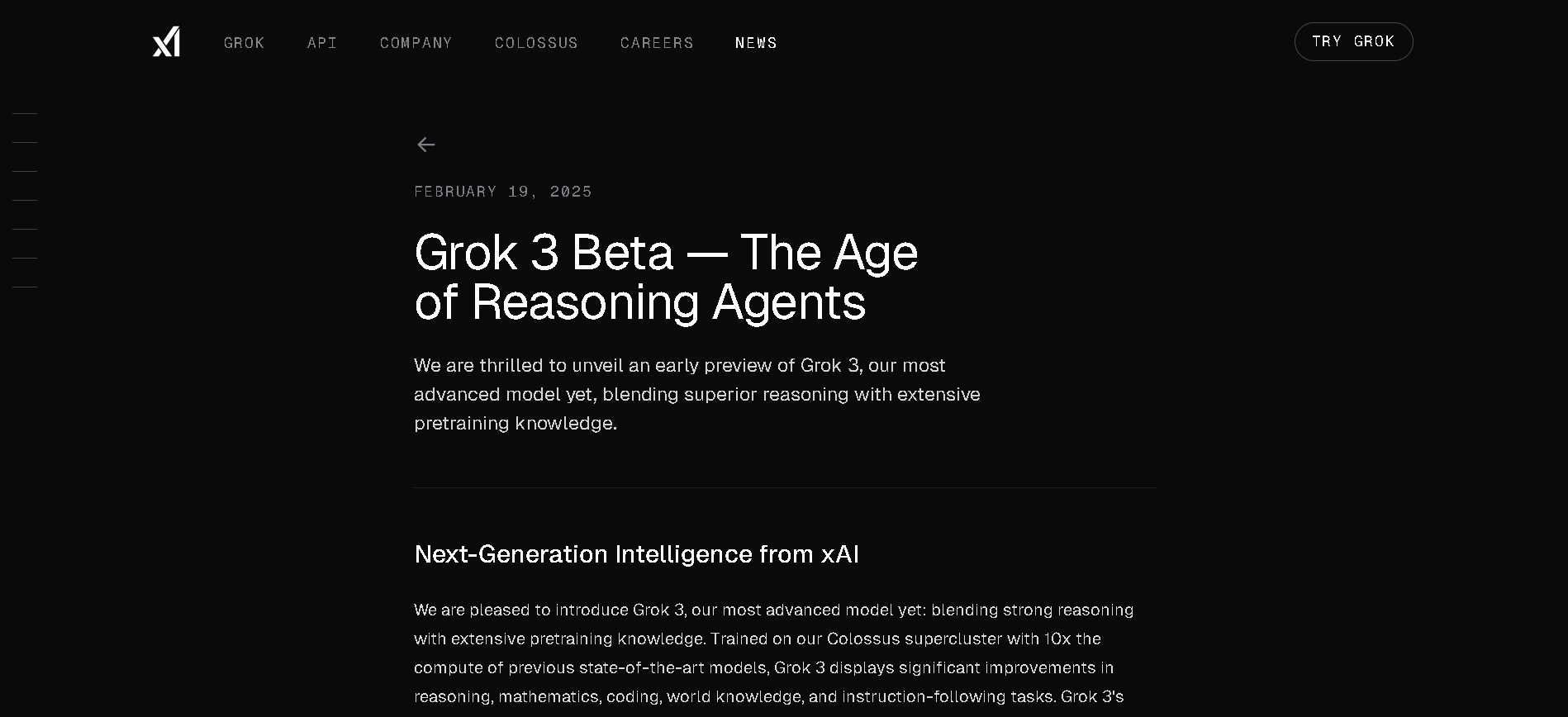
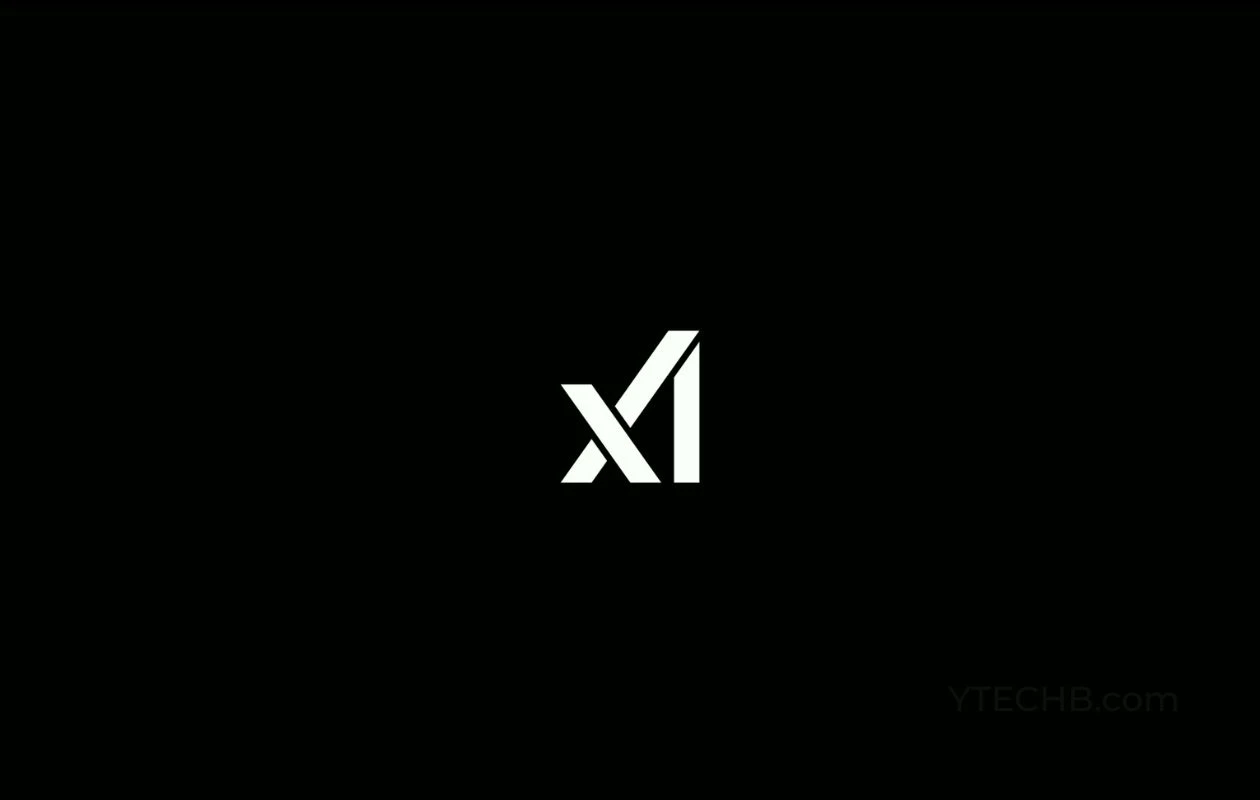
Grok 3 Latest
Grok 3 is xAI’s newest flagship AI chatbot, released on February 17, 2025, running on the massive Colossus supercluster (~200,000 GPUs). It offers elite-level reasoning, chain-of-thought transparency (“Think” mode), advanced “Big Brain” deeper reasoning, multimodal support (text, images), and integrated real-time DeepSearch—positioning it as a top-tier competitor to GPT‑4o, Gemini, Claude, and DeepSeek V3 on benchmarks.


Grok 3 Latest
Grok 3 is xAI’s newest flagship AI chatbot, released on February 17, 2025, running on the massive Colossus supercluster (~200,000 GPUs). It offers elite-level reasoning, chain-of-thought transparency (“Think” mode), advanced “Big Brain” deeper reasoning, multimodal support (text, images), and integrated real-time DeepSearch—positioning it as a top-tier competitor to GPT‑4o, Gemini, Claude, and DeepSeek V3 on benchmarks.


Grok 3 Latest
Grok 3 is xAI’s newest flagship AI chatbot, released on February 17, 2025, running on the massive Colossus supercluster (~200,000 GPUs). It offers elite-level reasoning, chain-of-thought transparency (“Think” mode), advanced “Big Brain” deeper reasoning, multimodal support (text, images), and integrated real-time DeepSearch—positioning it as a top-tier competitor to GPT‑4o, Gemini, Claude, and DeepSeek V3 on benchmarks.
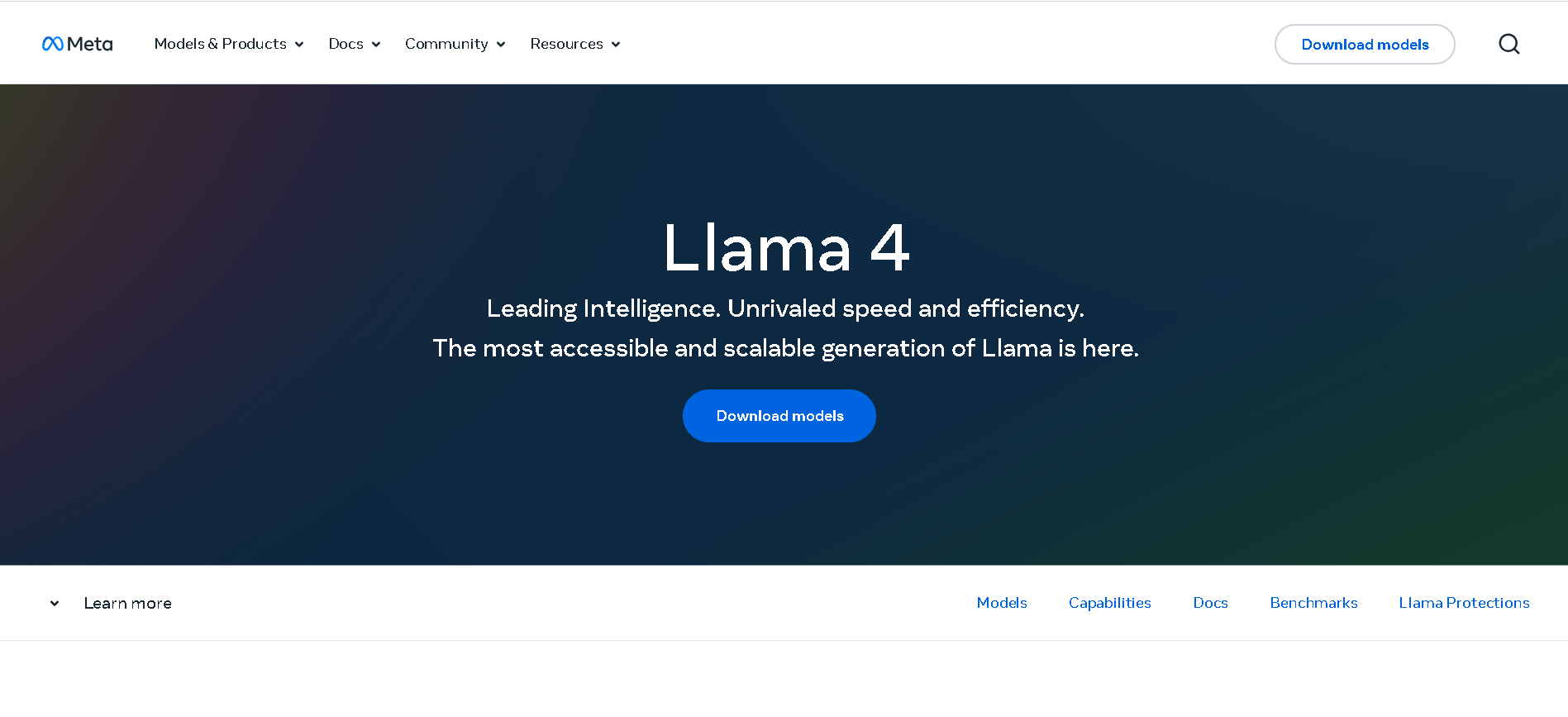
Llama 4 Maverick is Meta’s powerful mid-sized model in the Llama 4 series, released April 5, 2025. Built with a mixture-of-experts (MoE) architecture featuring 17 B active parameters (out of 400 B total) and 128 experts, it supports a 1 million-token context window and native multimodality for text and image inputs. It ranks near the top of competitive benchmarks—surpassing GPT‑4o and Gemini 2.0 Flash in reasoning, coding, and visual tasks.


Meta Llama 4 Maver..
Llama 4 Maverick is Meta’s powerful mid-sized model in the Llama 4 series, released April 5, 2025. Built with a mixture-of-experts (MoE) architecture featuring 17 B active parameters (out of 400 B total) and 128 experts, it supports a 1 million-token context window and native multimodality for text and image inputs. It ranks near the top of competitive benchmarks—surpassing GPT‑4o and Gemini 2.0 Flash in reasoning, coding, and visual tasks.


Meta Llama 4 Maver..
Llama 4 Maverick is Meta’s powerful mid-sized model in the Llama 4 series, released April 5, 2025. Built with a mixture-of-experts (MoE) architecture featuring 17 B active parameters (out of 400 B total) and 128 experts, it supports a 1 million-token context window and native multimodality for text and image inputs. It ranks near the top of competitive benchmarks—surpassing GPT‑4o and Gemini 2.0 Flash in reasoning, coding, and visual tasks.
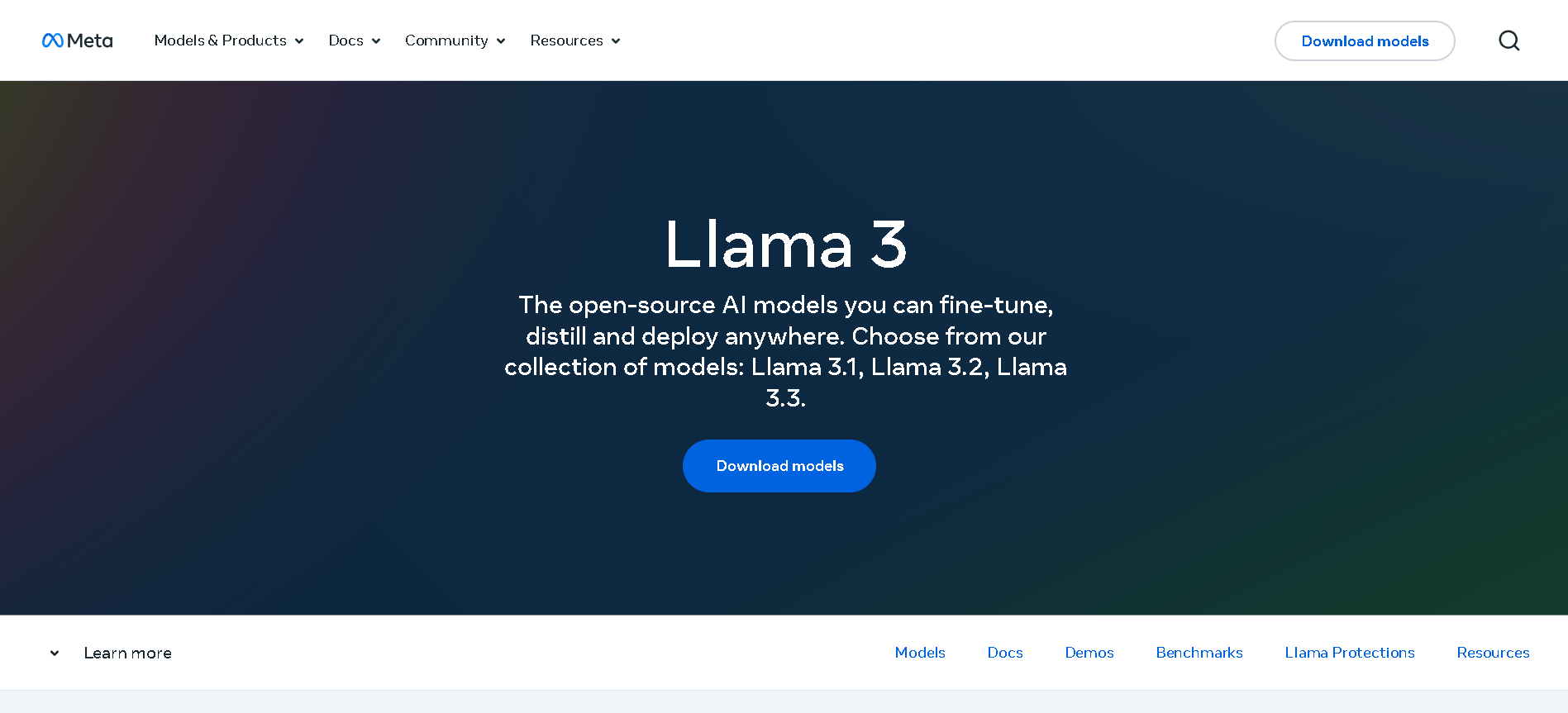

Meta Llama 3.3
Llama 3.3 is Meta’s instruction-tuned, text-only large language model released on December 6, 2024, available in a 70B-parameter size. It matches the performance of much larger models using significantly fewer parameters, is multilingual across eight key languages, and supports a massive 128,000-token context window—ideal for handling long-form documents, codebases, and detailed reasoning tasks.


Meta Llama 3.3
Llama 3.3 is Meta’s instruction-tuned, text-only large language model released on December 6, 2024, available in a 70B-parameter size. It matches the performance of much larger models using significantly fewer parameters, is multilingual across eight key languages, and supports a massive 128,000-token context window—ideal for handling long-form documents, codebases, and detailed reasoning tasks.


Meta Llama 3.3
Llama 3.3 is Meta’s instruction-tuned, text-only large language model released on December 6, 2024, available in a 70B-parameter size. It matches the performance of much larger models using significantly fewer parameters, is multilingual across eight key languages, and supports a massive 128,000-token context window—ideal for handling long-form documents, codebases, and detailed reasoning tasks.
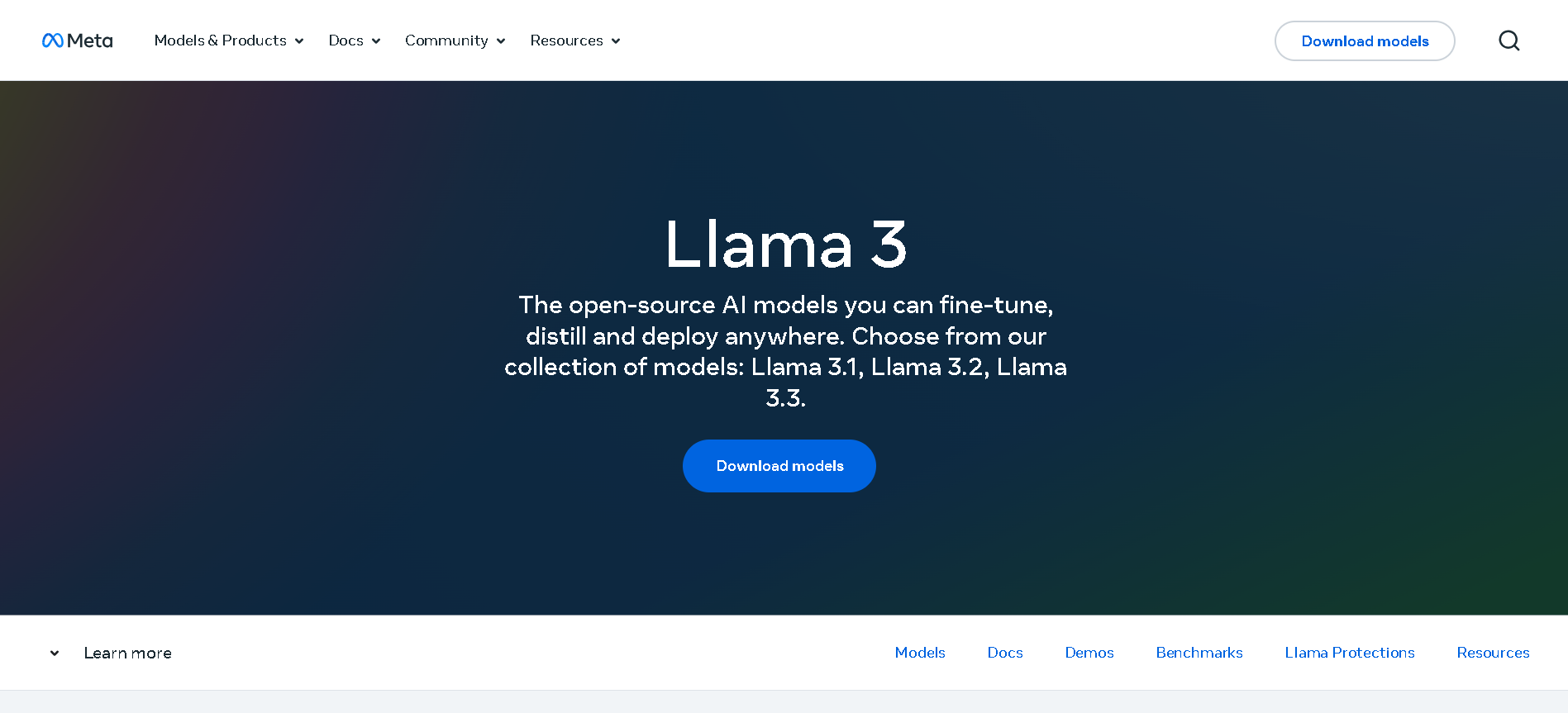

Meta Llama 3.2 Vis..
Llama 3.2 Vision is Meta’s first open-source multimodal Llama model series, released on September 25, 2024. Available in 11 B and 90 B parameter sizes, it merges advanced image understanding with a massive 128 K‑token text context. Optimized for vision reasoning, captioning, document QA, and visual math tasks, it outperforms many closed-source multimodal models.


Meta Llama 3.2 Vis..
Llama 3.2 Vision is Meta’s first open-source multimodal Llama model series, released on September 25, 2024. Available in 11 B and 90 B parameter sizes, it merges advanced image understanding with a massive 128 K‑token text context. Optimized for vision reasoning, captioning, document QA, and visual math tasks, it outperforms many closed-source multimodal models.


Meta Llama 3.2 Vis..
Llama 3.2 Vision is Meta’s first open-source multimodal Llama model series, released on September 25, 2024. Available in 11 B and 90 B parameter sizes, it merges advanced image understanding with a massive 128 K‑token text context. Optimized for vision reasoning, captioning, document QA, and visual math tasks, it outperforms many closed-source multimodal models.
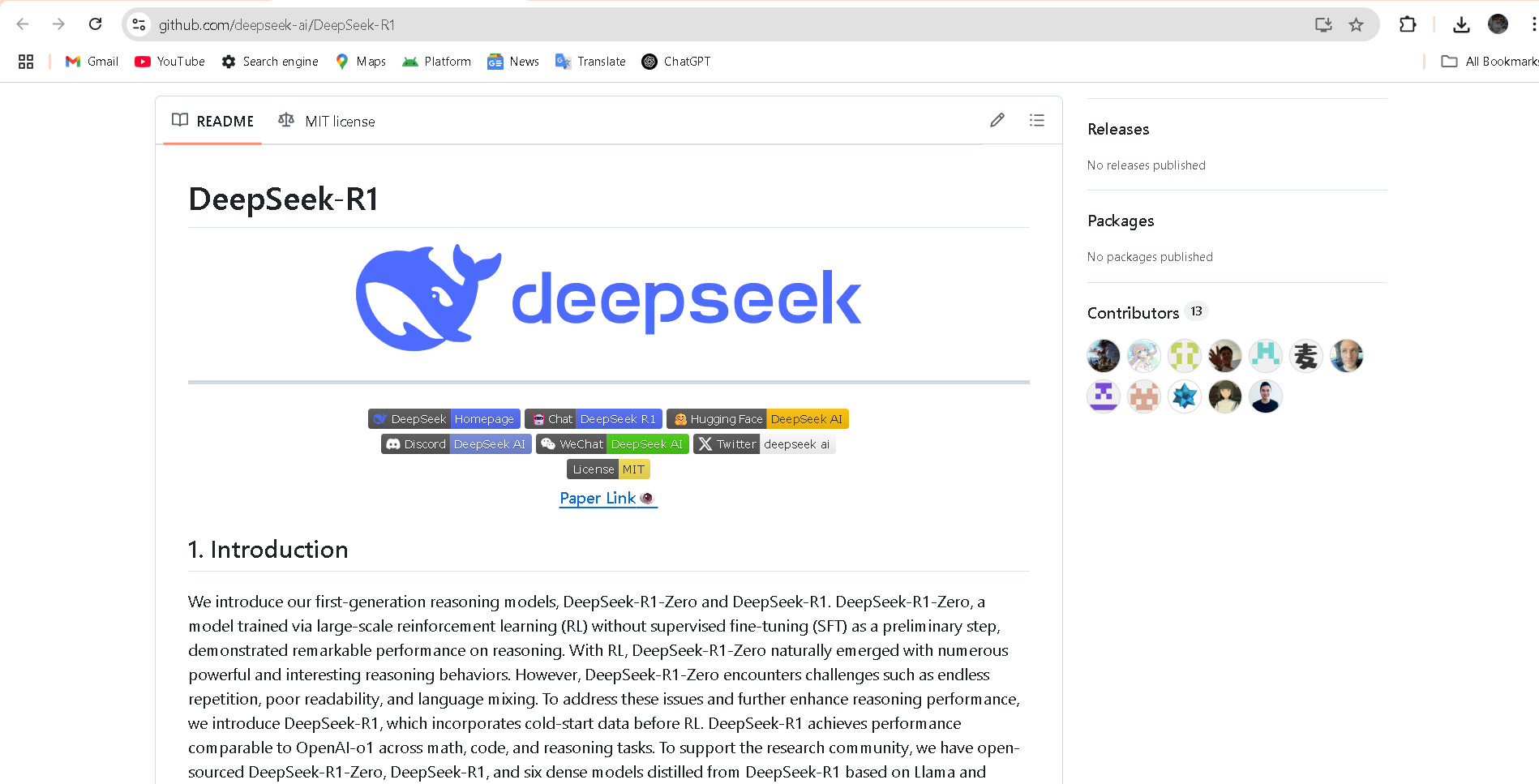

DeepSeek-R1-Lite-P..
DeepSeek R1 Lite Preview is the lightweight preview of DeepSeek’s flagship reasoning model, released on November 20, 2024. It’s designed for advanced chain-of-thought reasoning in math, coding, and logic, showcasing transparent, multi-round reasoning. It achieves performance on par—or exceeding—OpenAI’s o1-preview on benchmarks like AIME and MATH, using test-time compute scaling.


DeepSeek-R1-Lite-P..
DeepSeek R1 Lite Preview is the lightweight preview of DeepSeek’s flagship reasoning model, released on November 20, 2024. It’s designed for advanced chain-of-thought reasoning in math, coding, and logic, showcasing transparent, multi-round reasoning. It achieves performance on par—or exceeding—OpenAI’s o1-preview on benchmarks like AIME and MATH, using test-time compute scaling.


DeepSeek-R1-Lite-P..
DeepSeek R1 Lite Preview is the lightweight preview of DeepSeek’s flagship reasoning model, released on November 20, 2024. It’s designed for advanced chain-of-thought reasoning in math, coding, and logic, showcasing transparent, multi-round reasoning. It achieves performance on par—or exceeding—OpenAI’s o1-preview on benchmarks like AIME and MATH, using test-time compute scaling.

Mfuniko
Mfuniko.com is a centralized platform that provides easy access to multiple top AI chatbots, including ChatGPT, DeepSeek, Gemini, Claude, and Grok, all in one place. Its primary purpose is to offer users a hub to interact with various AI models with a pay-only-for-what-you-use model using their own API keys, thereby avoiding monthly fees for model access. The platform also features chat organization, cross-device sharing, and the ability to interact with files for analysis, summarization, or answering questions.

Mfuniko
Mfuniko.com is a centralized platform that provides easy access to multiple top AI chatbots, including ChatGPT, DeepSeek, Gemini, Claude, and Grok, all in one place. Its primary purpose is to offer users a hub to interact with various AI models with a pay-only-for-what-you-use model using their own API keys, thereby avoiding monthly fees for model access. The platform also features chat organization, cross-device sharing, and the ability to interact with files for analysis, summarization, or answering questions.

Mfuniko
Mfuniko.com is a centralized platform that provides easy access to multiple top AI chatbots, including ChatGPT, DeepSeek, Gemini, Claude, and Grok, all in one place. Its primary purpose is to offer users a hub to interact with various AI models with a pay-only-for-what-you-use model using their own API keys, thereby avoiding monthly fees for model access. The platform also features chat organization, cross-device sharing, and the ability to interact with files for analysis, summarization, or answering questions.
Editorial Note
This page was researched and written by the ATB Editorial Team. Our team researches each AI tool by reviewing its official website, testing features, exploring real use cases, and considering user feedback. Every page is fact-checked and regularly updated to ensure the information stays accurate, neutral, and useful for our readers.
If you have any suggestions or questions, email us at hello@aitoolbook.ai
